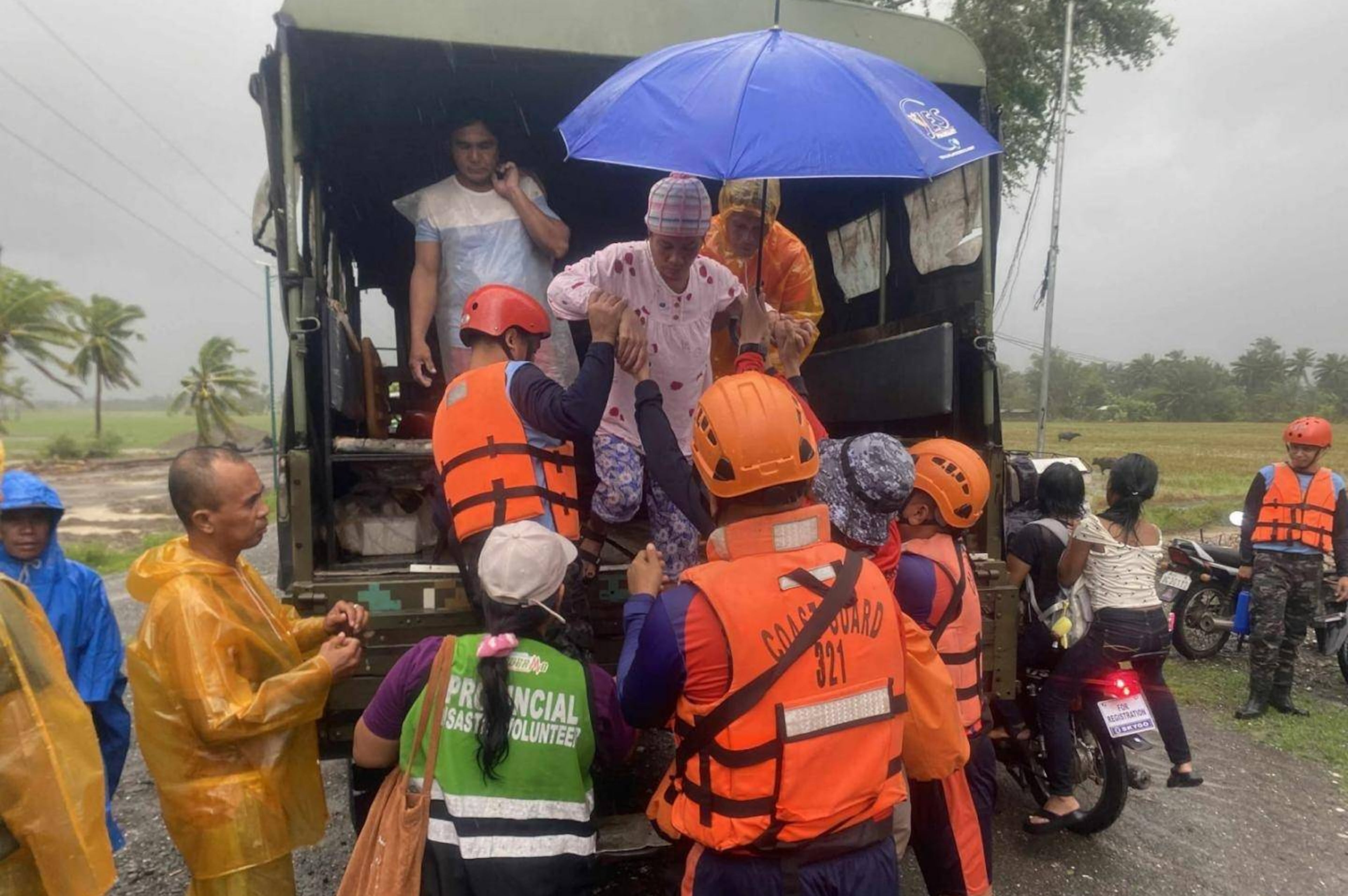Storm approaches Taiwan after causing 18 deaths and destruction in the Philippines

MANILA, Philippines (AP) — Typhoon Fung-wong blew out of the northwestern Philippines on Monday after causing floods, landslides, power outages and at least 18 deaths.
The typhoon weakened into a tropical storm over the South China Sea and was moving northwest toward Taiwan, where it could hit Thursday.
Fung-wong lashed the northern Philippines after Typhoon Kalmaegi struck central provinces last week, leaving at least 232 people dead, and later hitting Vietnam, where at least five were killed.
Fung-wong was a super typhoon with maximum sustained winds of 185 kph (115 mph) when it made landfall Sunday in northeastern Aurora province. The 1,800-kilometer (1,100-mile)-wide storm weakened as it raked through mountainous northern provinces and agricultural plains overnight before blowing into the South China Sea, according to state forecasters.
At least 18 people died due to flash floods, landslides, exposed electrical wires and a collapsed house in the provinces of Catanduanes, Eastern Samar, Nueva Vizcaya, Mountain Province and Ifugao, disaster-response and provincial officials said.
Landslides killed three children in the mountainous province of Nueva Vizcaya, police told The Associated Press, adding four others were injured. Another landslide in nearby Kalinga province killed two villagers and two others were missing, provincial officials said late Monday.
More than 1.4 million people moved into emergency shelters or the homes of relatives before the typhoon made landfall, and about 240,000 remained in evacuation centers Tuesday.
Fierce wind and rain flooded at least 132 northern villages, including one where some residents were trapped on their roofs as floodwaters rapidly rose. More than 4,100 houses were damaged, Bernardo Rafaelito Alejandro IV of the Office of Civil Defense and other officials said.
“While the typhoon has passed, its rains still pose a danger in certain areas” in northern Luzon, including in metropolitan Manila," Alejandro said. “We'll undertake today rescue, relief and disaster-response operations.”
Philippine President Ferdinand Marcos Jr. declared a state of emergency due to the devastation caused by Kalmaegi and the expected damage from Fung-wong, which was also called Uwan in the Philippines.
Tropical cyclones with sustained winds of 185 kph (115 mph) or higher are categorized in the Philippines as a super typhoon to underscore the urgency tied to more extreme weather disturbances.
Schools and most government offices were closed Monday and Tuesday. Multiple domestic and international flights were canceled over the weekend and into Monday, and more than 6,600 commuters and cargo workers were stranded in ports after the coast guard prohibited ships from venturing into rough seas.
The Philippines is hit by about 20 typhoons and storms each year. The country also has frequent earthquakes and has more than a dozen active volcanoes, making it one of the world’s most disaster-prone countries.

